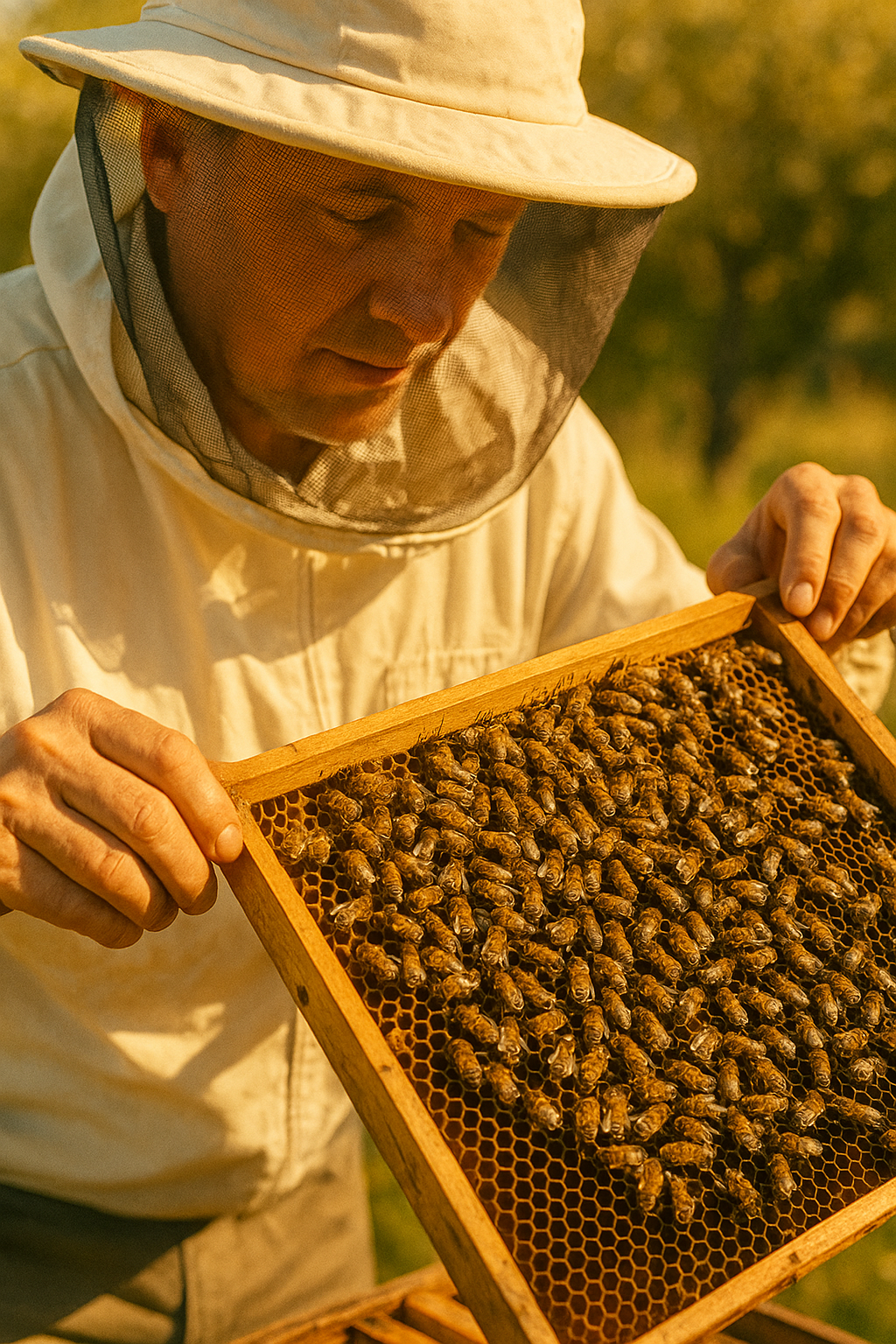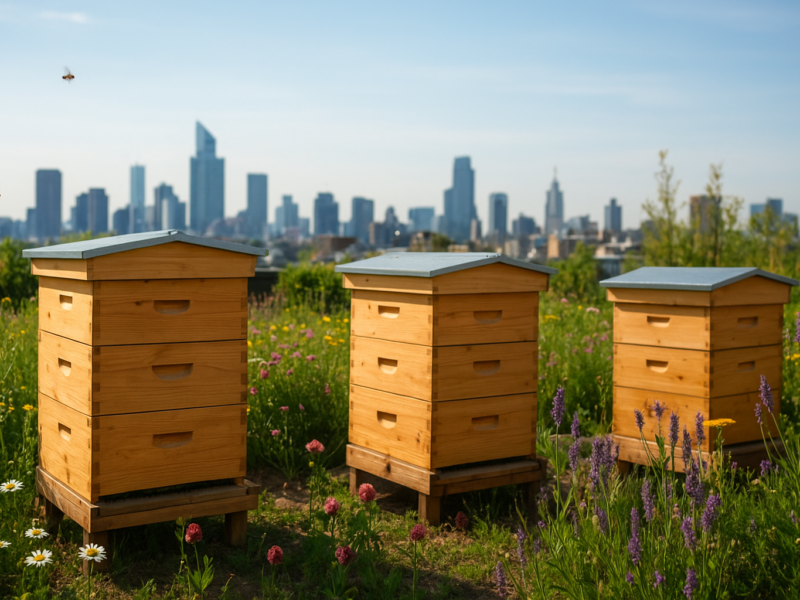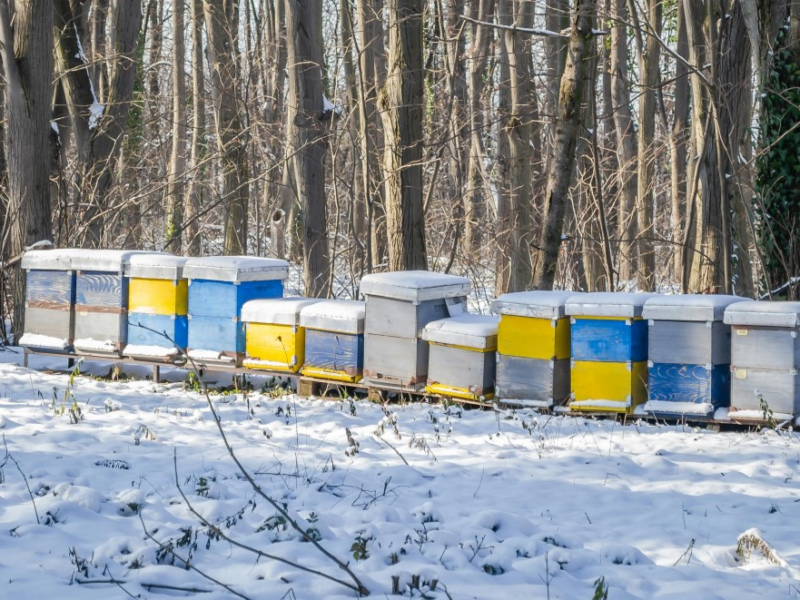Introduction
Beekeeping is both an art and a science. Successful beekeepers know that hive management goes far beyond just placing bees in a box and waiting for honey. Proper hive management ensures healthy colonies, better honey yields, disease prevention, and a thriving apiary. In this guide, we will explore essential hive management practices, seasonal beekeeping strategies, and expert tips to help you maximize the health and productivity of your bees.
Table of Contents
- Understanding Hive Management
- Choosing the Right Hive Type
- Seasonal Hive Management
- Spring
- Summer
- Fall
- Winter
- Inspecting Your Hive Properly
- Recognizing Signs of a Healthy Hive
- Common Beekeeping Challenges and Solutions
- Hive Management for Honey Production
- Preventing and Controlling Diseases
- Queen Management Best Practices
- Sustainable Beekeeping Practices
- Final Thoughts
1. Understanding Hive Management
Hive management refers to the set of practices and techniques that beekeepers use to ensure their colonies remain strong, productive, and healthy. Without proper management, colonies can become vulnerable to pests, diseases, and environmental stressors.
Good hive management involves:
- Regular inspections
- Disease and pest control
- Feeding bees when necessary
- Ensuring the queen is healthy and productive
- Preventing swarming
2. Choosing the Right Hive Type
Before managing bees effectively, it’s important to choose the right hive. The three most common hive types are:
- Langstroth Hive: The most widely used, with removable frames and easy management.
- Top-Bar Hive: A horizontal hive design popular among natural beekeepers.
- Warre Hive: A vertical “people’s hive” with a more natural, hands-off approach.
Each has its pros and cons, but for beginners, the Langstroth hive remains the most practical option.
3. Seasonal Hive Management
Beekeeping is seasonal. Understanding what bees need during each season is crucial.
Spring Hive Management
- Inspect hives for winter survival.
- Check food stores; feed sugar syrup if necessary.
- Replace old or damaged frames.
- Look for queen activity and brood patterns.
Summer Hive Management
- Add supers to allow space for honey storage.
- Monitor for swarming and split hives if needed.
- Provide water sources near hives.
- Control pests such as Varroa mites.
Fall Hive Management
- Harvest honey while leaving enough for bees.
- Reduce hive entrances to prevent robbing.
- Treat for mites before winter.
- Ensure colonies are strong enough to survive cold months.
Winter Hive Management
- Minimize hive disturbance.
- Insulate hives if necessary.
- Monitor food stores and provide emergency feed (fondant/candy boards).
- Ventilate to prevent condensation.
4. Inspecting Your Hive Properly
A hive inspection is one of the most critical management practices. Regular inspections help you identify problems before they escalate.
During inspection, check for:
- Presence of the queen or fresh eggs
- Brood pattern and density
- Adequate food stores
- Signs of disease or pests
- Overall colony strength
Pro tip: Perform inspections every 7–10 days during spring and summer, and less frequently during fall and winter.
5. Recognizing Signs of a Healthy Hive
Healthy colonies share these signs:
- Strong population with active workers
- Consistent brood pattern
- Clean, odor-free hive interior
- Bees bringing in pollen
- Visible honey stores
If you notice irregular brood patterns, dead bees at the entrance, or unusual odors, it’s a red flag for disease or queen issues.
🐝 Related Articles
6. Common Beekeeping Challenges and Solutions
- Swarming → Provide extra space, split colonies, or requeen.
- Varroa Mites → Regular monitoring and integrated pest management (IPM).
- Wax Moths & Small Hive Beetles → Keep strong colonies; freeze unused comb.
- Queen Loss → Introduce a new queen or allow colony to requeen naturally.
7. Hive Management for Honey Production
If honey is your goal, hive management plays a direct role in your harvest.
- Ensure colonies are strong before nectar flow.
- Add supers early to prevent congestion.
- Avoid overharvesting – always leave enough honey for bees.
- Use a queen excluder to keep brood out of honey supers.
8. Preventing and Controlling Diseases
Bees are vulnerable to several diseases:
- American Foulbrood (AFB) – Highly contagious, often requires hive destruction.
- European Foulbrood (EFB) – Treatable with antibiotics or requeening.
- Nosema – Controlled through good hive ventilation and clean equipment.
- Chalkbrood – Minimized with strong colonies and good genetics.
Preventative strategies:
- Maintain strong colonies
- Rotate combs
- Practice hygienic beekeeping
9. Queen Management Best Practices
The queen is the heart of the hive. Good hive management means ensuring she is productive.
- Requeen every 1–2 years for vitality.
- Watch for supersedure cells (bees replacing the queen).
- Select queens with strong genetics for disease resistance and productivity.
10. Sustainable Beekeeping Practices
Sustainability ensures long-term success. Consider:
- Avoiding chemical overuse.
- Planting bee-friendly flowers.
- Practicing minimal disturbance management.
- Supporting natural bee behaviors.
11. Final Thoughts
Hive management is the cornerstone of successful beekeeping. Whether you are a hobbyist or a commercial beekeeper, focusing on seasonal tasks, queen health, disease prevention, and sustainable practices will help you build thriving colonies. Remember: happy bees mean healthier hives and more honey!



